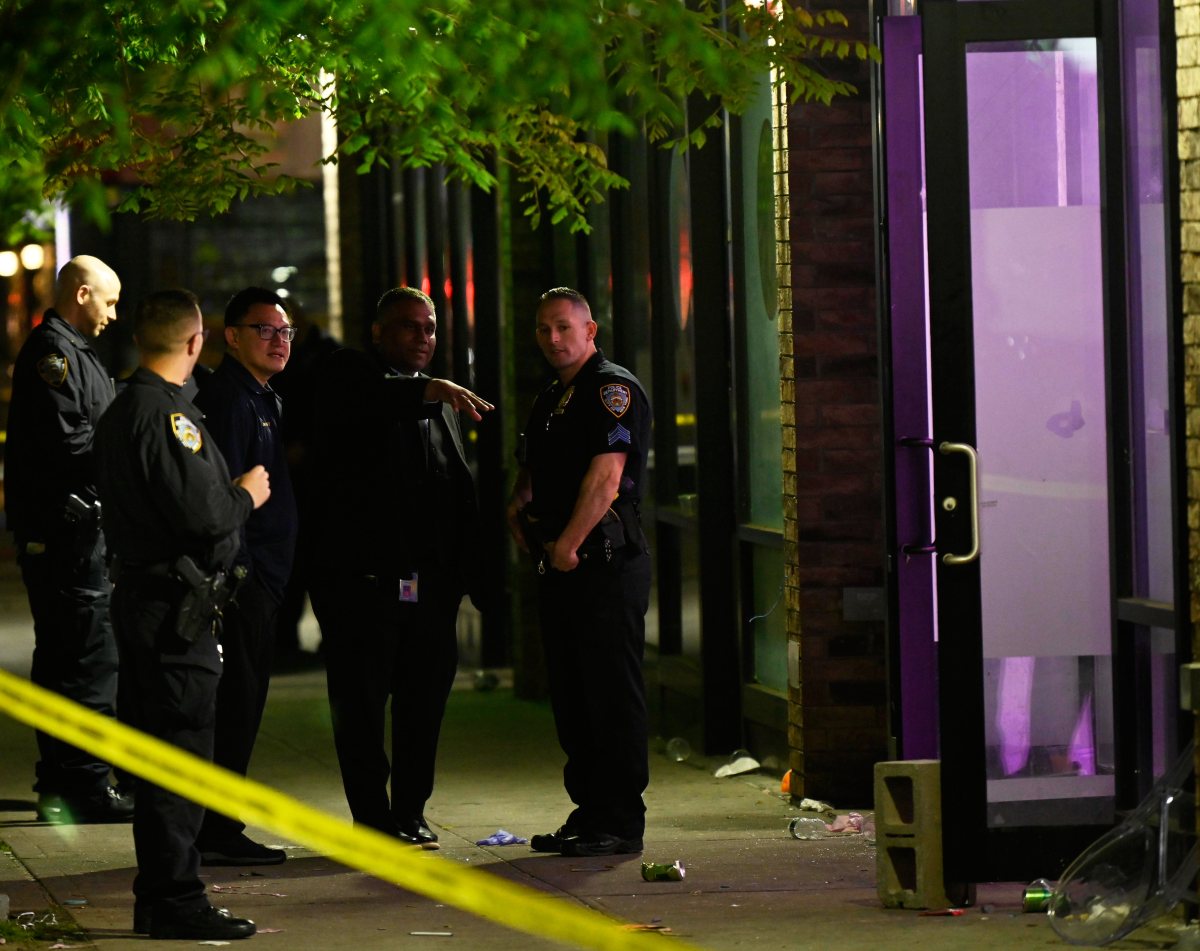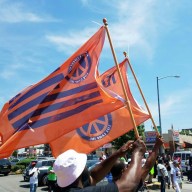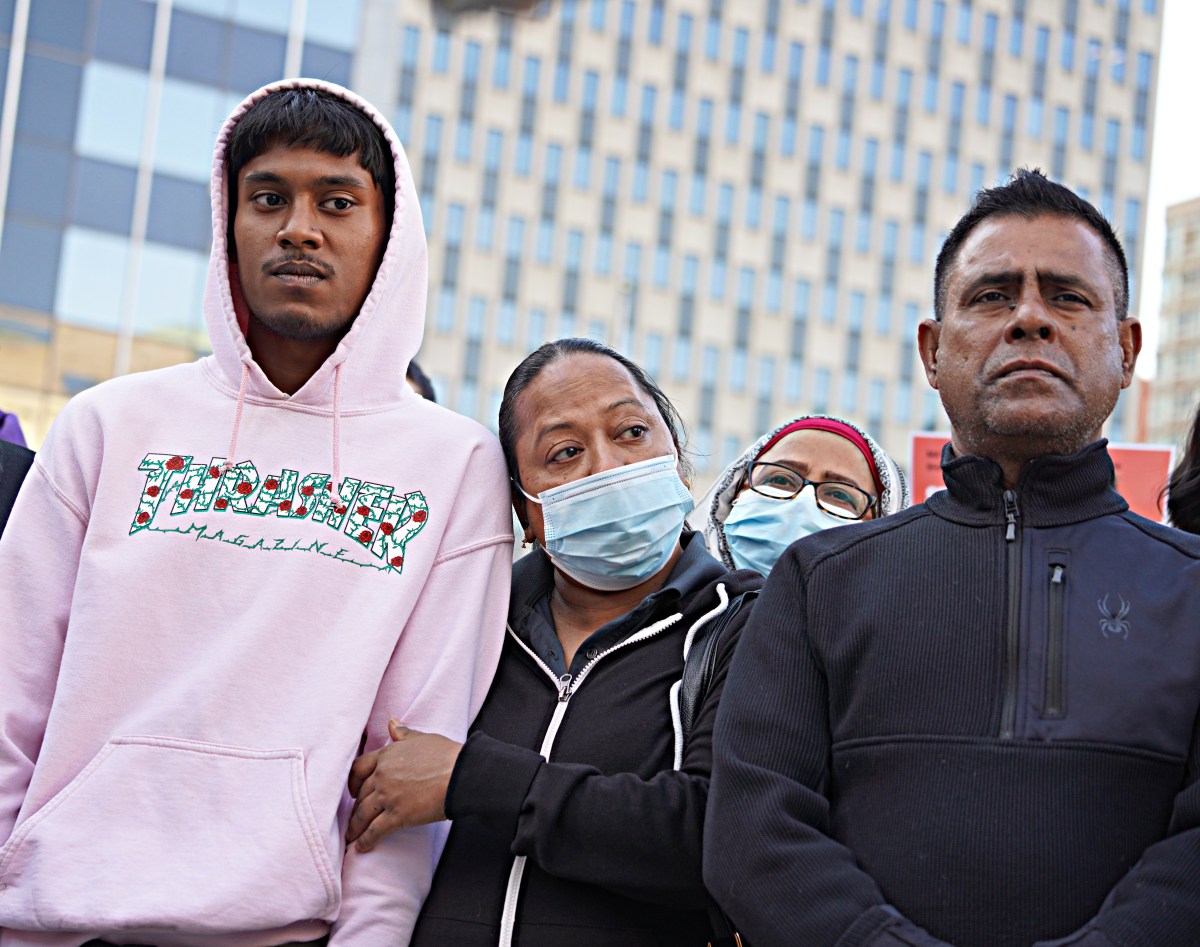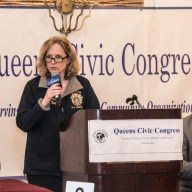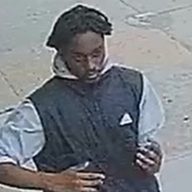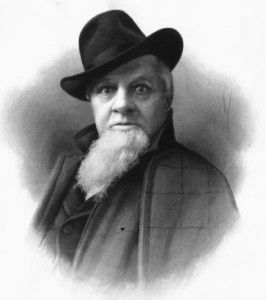READ MORE STORIES ON THIS TOPIC
Article #1
Article #2
Article #3
Article #4
Next week, the state’s Traffic Congestion Mitigation Commission will issue its final recommendation to the city council and state legislature about an issue that has made headlines for the past nine months - congestion pricing.
The commission will hold its last round of public hearings throughout parts of the city, Long Island and Westchester on the controversial issue tonight, January 24, before making its final report, but some details are beginning to emerge about what the commission’s final recommendation might include.
The 17-member commission, which was charged with studying how to reduce congestion in Manhattan’s central business district (CBD), recently released an interim report with five plans to reduce congestion - including Mayor Michael Bloomberg’s original proposal that would charge cars $8 and trucks $21 to enter Manhattan during weekdays south of 86th Street from 6 a.m. to 6 p.m.
The other proposals include installing tolls at the East River and Harlem River crossings; an alternative congestion pricing plan that would shrink the congestion zone from 86th Street to 60th Street; a license plate rationing plan limiting vehicle travel into the area; and a plan that increases parking taxes and rates inside the CBD.
“It is most likely in my opinion [going to be] bits and pieces from several plans that we will put together,” said commission member Reverend Edwin Reed, who is the Chief Executive Officer of Allen Development Corporation and a supporter of congestion pricing.
Four of the five options the commission is studying, achieves at least a 6.3 percent reduction in vehicle miles traveled (VMT) in Manhattan south of 86th Street with the license plate rationing plan achieving the greatest reduction at 10.3 percent. The combined plan, which includes raising parking rates and increasing taxi fares within the zone, only reduces the VMT by 3.2 percent.
However, sources close to the commission said that even though the license plate rationing plan, which is a favorite of Westchester Assemblymember and commission member Richard Brodsky, reduces VMT the most, it is considered one of the long shots to be recommended.
In addition to reducing the VMT, the commission is also weighing the cost of operating these proposals as well as the costs to implement the proposals and the necessary upgrades the Metropolitan Transportation Authority (MTA) needs to make to the mass transit system.
The proposal of installing tolls on the bridges would generate the most revenue - nearly $859 million net - and would cost significantly less in operating expenses and capital costs, according to the commission’s interim report. However, a recent Quinnipiac University poll also showed it is widely unpopular amongst city residents with nearly 70 percent of those polled against the plan.
Meanwhile, Reed and fellow commission member Gerard Romski, who was appointed by Queens Senate Minority Leader Malcolm Smith, said the commission is excited for the public hearings and believes testimony at those hearings will play a vital role in helping shape the commission’s final report.
“I certainly haven’t made up my mind [on a congestion pricing plan],” Romski said on Monday, January 21, the day before he was scheduled to go up to Albany to update the Senate Democratic Conference on the commission’s work.
One major development to come out of the most recent public meeting held at Hunter College on January 16 was the concept of creating a “lock box” for funds generated by a congestion pricing proposal. The lock box would ensure that all funds raised from congestion pricing would go directly to making improvements to mass transit.
“The commission has definitely started those discussions,” Reed said. “We recognize historically it has been very difficult.”
“Without that, I don’t think there is a prayer anything passes,” Romski said.
While the majority of commission members have voiced their support publicly for the concept of congestion pricing, some commission members oppose the idea.
Queens Assemblymember Vivian Cook, who was an appointee to the commission by Assembly Speaker Sheldon Silver, said she has not seen any plan come before the commission that satisfies her.
“With the economy in this country, people are taxed to death already in this country, and any way you look at it, congestion pricing is a tax on people that can least afford to pay it,” Cook said. “I think there are some other ways to do this. Maybe we can eliminate trucks parking on the street all day long or put more police officers on the street to help traffic flow.”
After the public hearings take place on January 24, (Queens’ hearing will begin at 6 p.m. at the York College Performing Arts Center) Reed said the commission would likely take a day or two to review all of the testimony submitted at the different hearings before beginning final deliberations.
Once the commission makes its recommendation, it goes to the city council, and if the council approves a proposal, it goes to the state legislature for final approval.
The bill would likely have to be approved by March 31 - the deadline for New York City to receive federal funding that would go towards implementing a congestion pricing proposal. The city could receive up to $354 million if the proposal meets federal guidelines.








